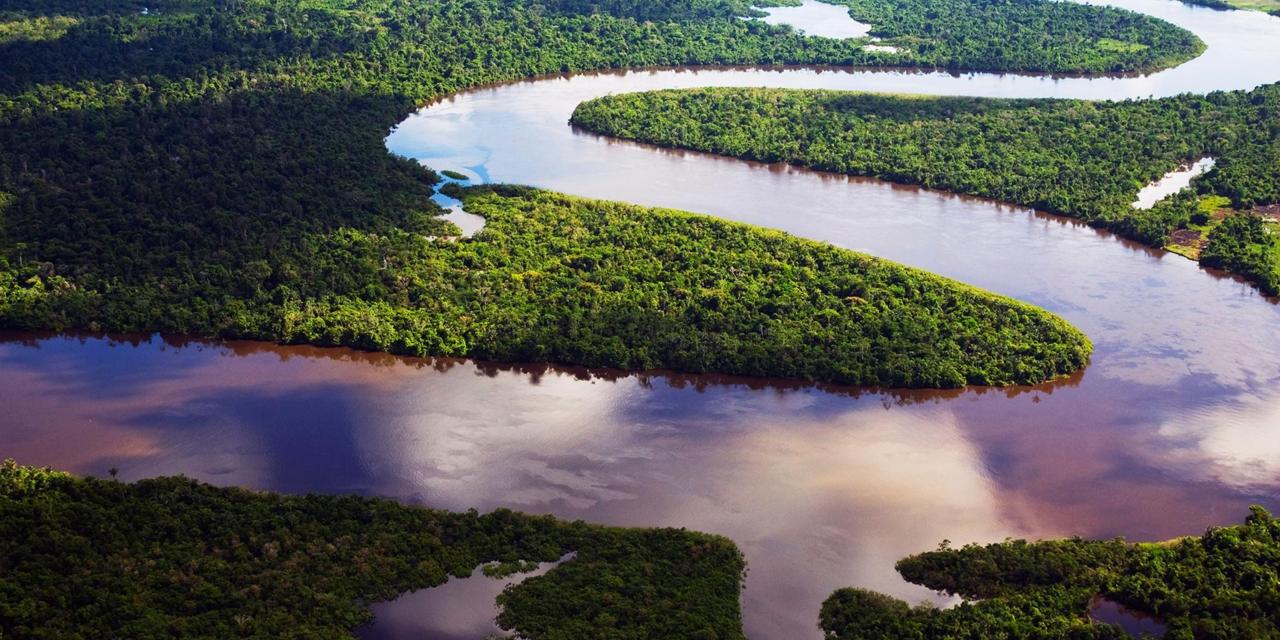
There is currently a significant effort to develop means of generating more electrical power from renewable resources than from fossil fuels. Hydro power is one of the most mature and developed approaches. Large hydro projects that were constructed over 100 years ago are still producing power today. According to a study done by the department of energy in 2004, the US has the potential of generating over 300 gigawatts of power from hydro power, with only 40 gigawatts in operation. Conservatively, they estimate that over 170 gigawatts of power is still untapped. Given that a typical nuclear reactor provides on the order of 800 to 1200 megawatts, complete use of the hydro capacity of the US would eliminate the need for about 150 nuclear reactors.
Tapping into this energy source has proven to be problematic – the most serious being that damming rivers disrupts fish migration and destroys fertile land. This problem is considered so severe that there a many efforts to remove dams and hydro facilities that have been in operation for decades due to environmental concerns.
There is a significant effort now to devise alternative methods of extracting the energy from the water streams. In general, the approach being taken is to extract power without creating the high-pressure point developed at the bottom of a dam. These “stream based” approaches use uniquely designed turbine blades to extract power from the flow of water. Compared to a dam, there is much more energy lost in using this process, as the differences in pressure from the front to the back of the blades is much lower and a large percentage of the flow is diverted around the turbine. However, they can still extract large amounts of power – in the megawatts range if the systems are made big enough. These systems make the most sense in ocean currents where there are huge volumes of water moving in tidal flows. Smaller systems have also been developed for use in streambeds and are even being considered as supplemental power generation systems for existing hydro facilities. This makes sense since the streams below the dam already have been assessed for environmental impact, and the energy conversion and transmission equipment is already in place.
In rivers, there is an alternate way to create a high pressure differential and capture a good portion of the flow without a dam and without cutting off the run for the fish that is both viable and economical. The strategy is to use the natural slope of the river itself to build up the pressure. By placing a pipe right in the stream, one can create the same effect as having a dam. The water in the stream fills up the pipe and as the pipe makes its way downstream, a pressure differential is formed. This pressure differential is exactly the same as the “head” generated from a dam since the water is confined to the insides of the pipe. Since the pipe is in the river, the river stays the same height so there is no impact on the fish or shorelines. The pipe is on the bottom of the river and if the river is deep enough, would not even be seen. At the lower end of the pipe, a standard hydropower turbine is constructed and energy is extracted with the water simply flowing out of the turbine into the river. The fundamental question becomes how much energy can be produced, and how much loss do you have in the pipe. For a small system, one calculates that a 100 foot drop in elevation using a 24″ pipe can generate more than 1 megawatt of power using about 100cfs of water – enough to support 500 homes on average. The pipe itself causes a loss of only about 10% of the available head.
These kinds of systems do not address large power generation projects ( above 5 Megawatts ) but are perfect for locations where small to medium power generation is possible, particularly in mountainous terrain.
This concept is an extension of standard “run of river” configurations that use a pipe to carry the water, but the pipe actually bypasses the river itself. The disadvantage of that approach is that the water level of the river is lowered, changing the ecology of the river.
For more information contact steven <dot> warwick <at> innovationscommercialization <dot> com